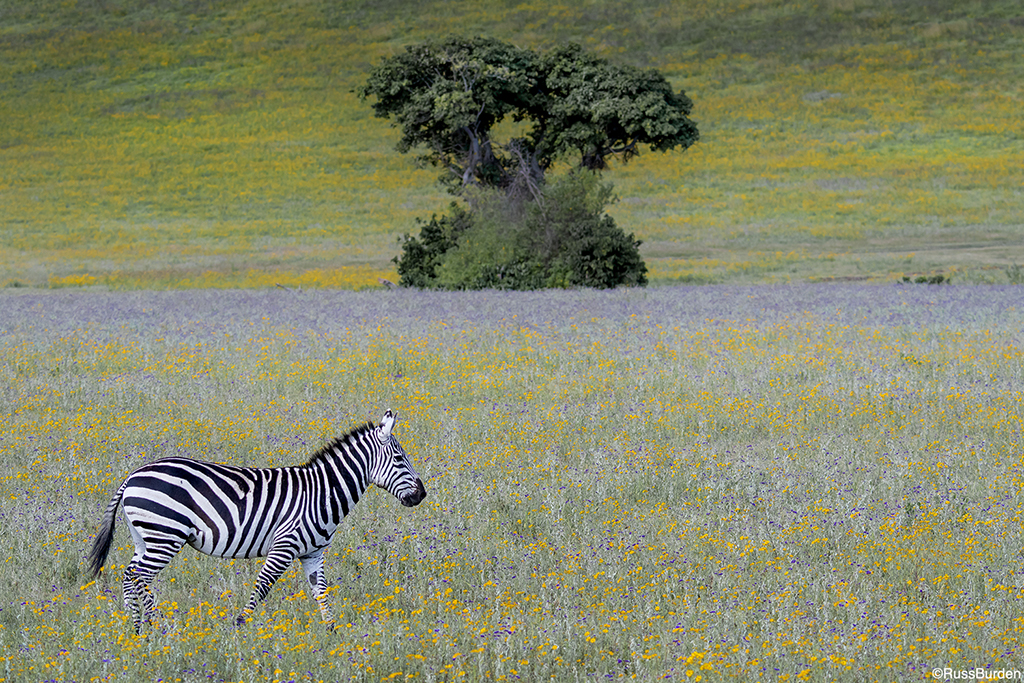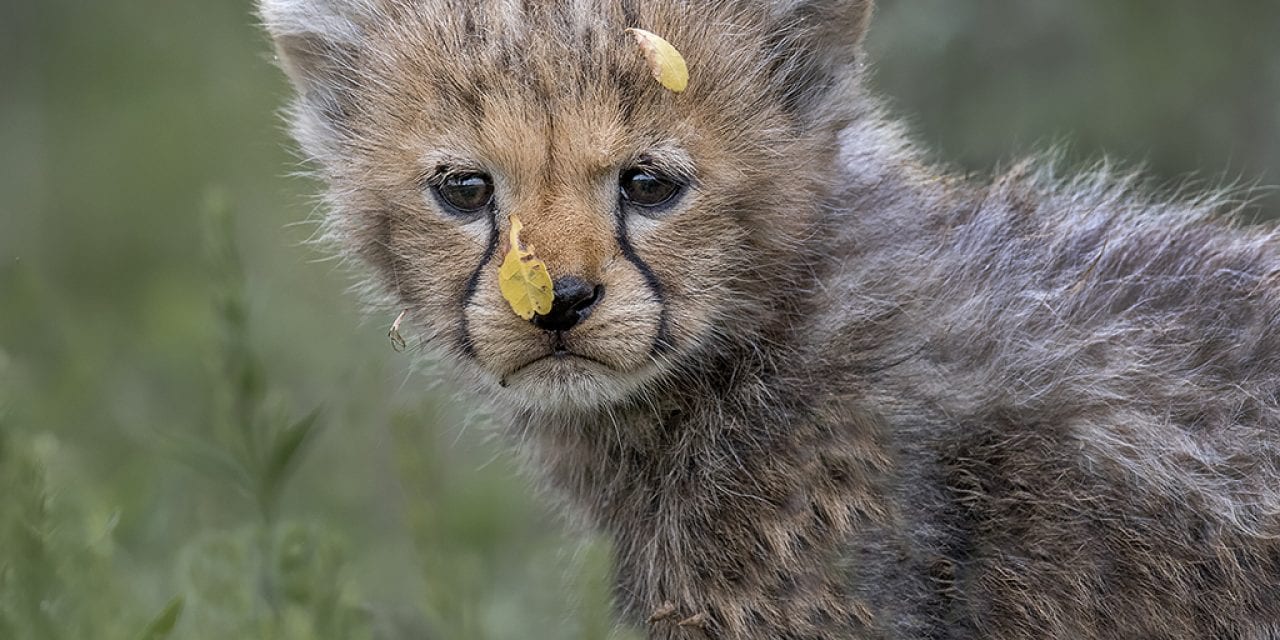
As I reflect upon my past, I can still hear the words of all my elementary school teachers, “Think about every decision you make because what you do today, you have to live with for the rest of your life. These are the years that shape your future, so make sure your background doesn’t come back to haunt you!” Were my teachers all psychic? Did they peer into a crystal ball and know I was destined to be a photographer? Did they somehow foresee my passion for photography? Were they all closet photographers versed with knowledge about how important a background check is? You don’t want your background to ruin what you create. It’s with this in mind, before you make any press of the shutter, perform a background check.
Learning how to eliminate background distractions in a photograph is imperative. As meticulous as one can be in composing a perfect subject, if the background isn’t treated with equal care, the end result won’t be successful. I’m often heard saying, “The background is equally as important as the subject.” Below are three strategies that can be used to control the background in an image. This is a three-part series, so be sure to check last week’s and next week’s tips to learn 10 more ways to perform a background check.
What constitutes a poor background? Overexposed bright distractions or colors that clash with the main subject immediately comes to mind. Yet, sometimes the interfering elements aren’t as obvious. Simplify a background through the strategic use of light, throw it out of focus, place the subject against a plain background, use flash to create a black background or harmonize the subject and background so they complement each other. In each of the three examples that accompany this week’s tip, a specific technique was used to highlight the subject and/or obscure the background. Learn how to pre-visualize what your photos will look like. Use these tips alone or in conjunction with the others in this series.

Use Clean And Neutral Backgrounds
It’s truly a luxury when a subject is set against a clean and neutral background. But the chance of this happening all the time is slim. The truth is, in most cases, the photographer finds the angle that makes the harmony work rather than leaving it to chance. Frequently a small shift in camera position of just a few inches can make the difference between a great shot with a background that works compared to a mediocre one laden with confusion and chaos. Move to the left or right while you view your subject through the camera and look to see if the image improves. Extend or compress the legs of your tripod to get a different vantage point.
Use Flash
Use flash to control backgrounds, especially when you photograph small subjects. In that the light from a flash falls off quickly, the distance it travels is short; therefore, backgrounds can go black. The smaller the aperture, the more quickly the light falls off. Mount a flash to your hot-shoe so the beam from the flash illuminates it. If the subject is too close, the light from the flash will shoot over the top of it. Subjects set against dark backgrounds tend to have an impact. Brightly colored subjects work best. Dark subjects blend in, necessitating the use of an additional flash to place a halo of light around the perimeter. Take the flash off the camera and place it to the side or behind the subject. Multiple lights can be used to create dramatic lighting effects while at the same time maintaining a black background.

Use The Background To Tell A Story
There are times when including the background is advantageous in that it gives the viewer a sense of place about where the photo was taken. If you show the subject in its environment, more of a story is told regarding the time of year and what type of surroundings it inhabits. You need to be careful about how much of the area is shown. Don’t overdo it and make the subject insignificant and in reverse, don’t come in too close to destroy the sense of place. The rule of thirds works well when composing environmental portraits. Place the subject off center in either the upper or lower portion of the viewfinder. Environmental portraits can be difficult to create since both the subject and background must be clean and work together. Be it animal or flower, finding a pristine specimen is hard. Couple it with juxtaposing a clean background and the issue is compounded. Careful looking, perseverance and persistence pay off. I first look for a subject in prime condition and then try to find an angle from which to shoot it where the background complements it. If the pieces of the puzzle don’t fit, I continue my search.
Visit www.russburdenphotography.com for information about his nature photography tours and safari to Tanzania.
The post Mandatory Background Check, Part 2 appeared first on Outdoor Photographer.
















